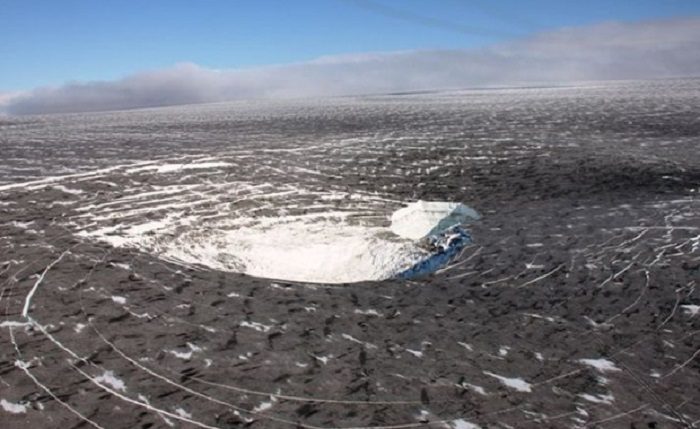
A new study by Icelandic and British geologists showed that Katla is emitting enormous quantities of CO2 - at least 20 kilotons of CO2 every day. Only two volcanoes worldwide are known to emit more CO2, Evgenia Ilyinskaya a volcanologist with the University of Leeds told the Icelandic National Broadcasting Service RÚV.
These enormous CO2 emissions confirm significant activity in the volcano, Evgenia told RÚV: "There must also be a magma build up to release this quantity of gas."
"It is well known from other volcanoes," said Evgenia, "that CO2 emissions increase weeks or years ahead of eruptions. This is a clear sign we need to keep a close eye on Katla.... there is something going on."https://icelandmag.is/article/new-study-confirms-monster-volcano-katla-charging-eruption
The largest glacial flood in Iceland's history occurred in the beginning of the Katla eruption in 1918. Tales of this flood are terrifying. Although it was a thick mixture of meltwater, volcanic ash, and ice, it advanced so fast that one could only escape its path on horseback. It covered hundreds of square kilometers; today such a flood would destroy the Iceland ring road and many important facilities in the south of the country.



Reader Comments
to our Newsletter